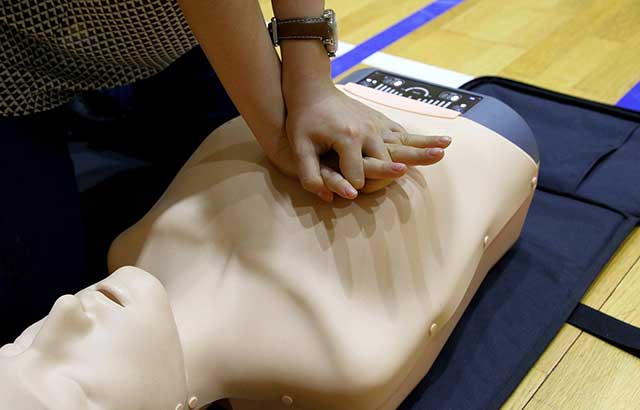Tips For Purchasing Hearing Aids
May is Better Hearing and Speech Month, first established in 1927 by the American Speech-Language Hearing Association as a time to encourage Americans to get their hearing evaluated.
According to the Better Hearing Institute, about 10 percent of the U.S. population has some degree of hearing loss. If you have problems hearing, a comprehensive diagnostic hearing evaluation can determine the type and degree of hearing loss. This allows your audiologist to consider a wide range of options when recommending the best hearing aid for your individual circumstances. Other considerations include cosmetics, functionality, flexibility, ear size, maintenance and cost.
Purchasing Hearing Aids is an Important Decision
Because finding the right provider and purchasing hearing aids are important decisions that can impact your ability to communicate and your quality of life, we suggest you consider the tips below when purchasing a hearing aid:
1. Find the right provider and begin with a diagnostic hearing evaluation which is the “blueprint” for your individualized recommendations. Ninety percent of your success with hearing aids is related to the professional you work with. Look for university-trained, doctoral-level audiologists who are Fellows of the American Academy of Audiology, certified by the American Speech-Language-Hearing Association, and uphold a professional code of ethics.
2. Work with a provider who can give you options specific to you and your lifestyle. Your audiologist should be able to choose from a variety of hearing aids by a number of respected manufacturers. Franchise or “chain” stores often do not provide this flexibility for consumers.
3. There are significant differences across hearing aid technology. A hearing aid uses a tiny computer chip to process sound. More sophisticated computer chips have better processing which result in improved satisfaction. Costs can range from $750 to $3,500 per hearing aid depending upon the level of technology. Advanced technology with enhanced features will cost more than simpler technology and perform better in more demanding listening environments.
4. Make sure your audiologist uses specialized diagnostic and verification equipment, including real-ear probe microphone and speech mapping measures. These sophisticated tests independently verify how the hearing aid functions while in your ear.
5. Regular follow-ups are necessary so expect to pre-schedule your appointments. Routine maintenance and regular monitoring of hearing and hearing aids are critical to success.
6. A hearing aid purchase should include an assessment period during which the hearing aid fee is either fully refundable, or has a minimum non-refundable amount, if the device isn’t satisfactory. Be sure to ask about the other options available if a particular device doesn’t work out during the assessment period.
7. Be informed. Advertisements that offer big discounts or special “discount plans” are usually based upon inflated manufacturer’s suggested retail price (MSRP). “Free trials” are often non-custom devices fit without verification. Also, be wary of advertisements promising discounts for trying new hearing aids under “study or clinical trial.” These marketing techniques can be misleading because hearing aid manufacturers conduct these studies prior to new product release.
8. Hearing aid manufacturers discourage the sale and purchase of hearing aids online, especially those which are not directly supported by local, licensed professionals trained to fit their sophisticated hearing aid technology. Hearing aids purchased online may not be warrantied, may be difficult to get refunded, and in some cases take advantage of the online consumer.










